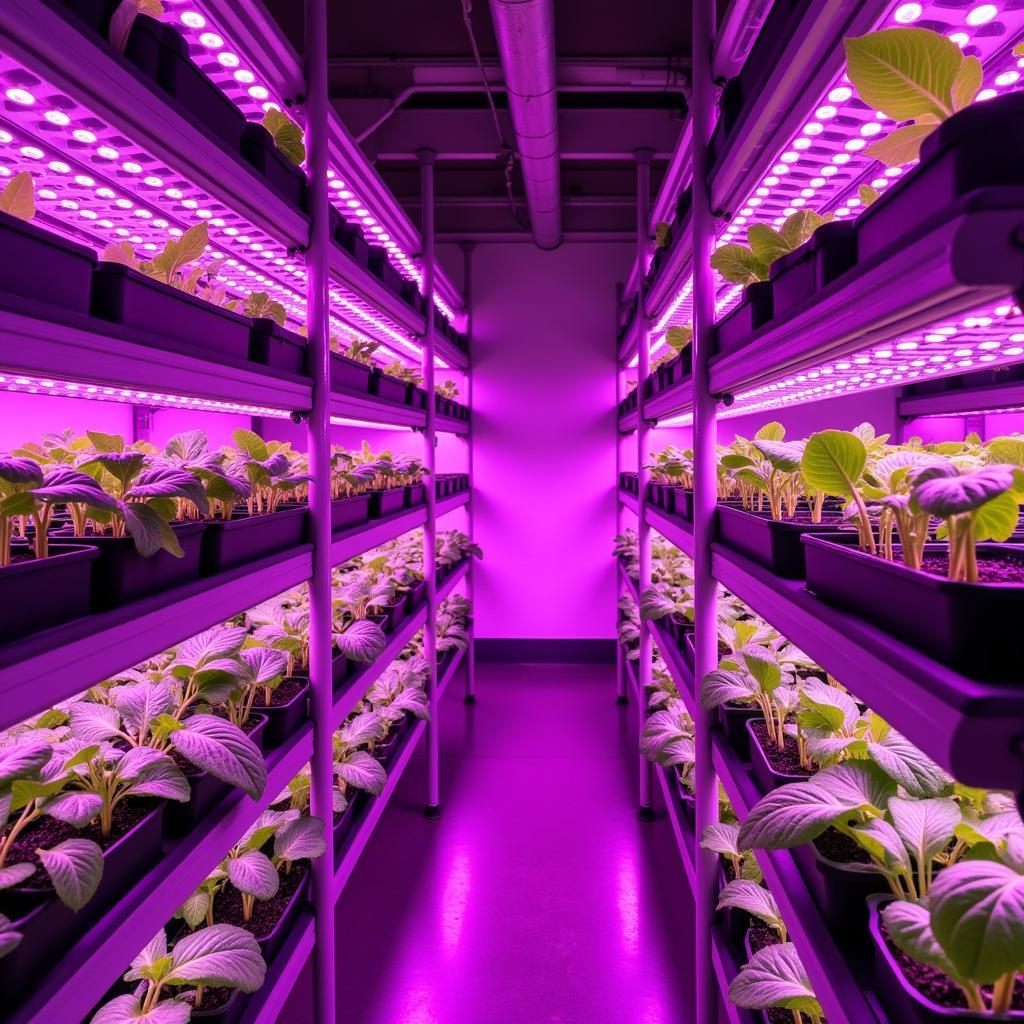Passage 1 – Easy Text
The concept of vertical farming has gained significant attention as cities worldwide face challenges in food security and sustainability. Unlike traditional agriculture, vertical farming involves growing crops in vertically stacked layers, often in controlled indoor environments. This innovative approach to agriculture has emerged as a promising solution to address the increasing demand for fresh produce in urban areas.
How urban farming is promoting food sustainability demonstrates that these systems can produce up to 70% more crops per square meter compared to conventional farming methods. The technique utilizes hydroponics, aeroponics, or aquaponics systems, eliminating the need for soil while maximizing space efficiency.

Questions 1-5 (Multiple Choice)
-
What is the main advantage of vertical farming over traditional agriculture?
A) Lower cost
B) Better space utilization
C) Simpler technology
D) Outdoor location -
Which farming methods are used in vertical farming?
A) Only hydroponics
B) Only aeroponics
C) Multiple systems including hydroponics, aeroponics, and aquaponics
D) Traditional soil-based methods
(Additional questions 3-5 would follow similar format)
Passage 2 – Medium Text
The economic viability of vertical farms has become increasingly evident as technology advances. Modern vertical farming facilities incorporate artificial intelligence and IoT sensors to optimize growing conditions. These smart systems can automatically adjust temperature, humidity, and lighting to create ideal environments for different crop varieties.
Urban farming benefits for cities has shown that these facilities can reduce water usage by up to 95% compared to traditional farming methods. Additionally, being located within urban areas significantly reduces transportation costs and carbon emissions associated with food distribution.
Questions 6-10 (True/False/Not Given)
- Vertical farms use more water than traditional farming methods.
- Transportation costs are lower for vertical farms in urban areas.
- All vertical farms are fully automated.
(Additional questions would follow)
Passage 3 – Hard Text
The integration of vertical farming with Sustainable design projects for future engineers has led to remarkable innovations in urban agriculture. These developments include photovoltaic glass panels that harness solar energy while allowing specific light wavelengths to reach plants, and biomimetic architecture that maximizes natural ventilation.
Questions 11-15 (Matching Headings)
i. Energy Innovation in Vertical Farming
ii. Cost Analysis of Urban Agriculture
iii. Environmental Impact Assessment
iv. Future Technology Integration
v. Resource Management Systems
(Match these headings with paragraphs from the text)
Answer Key
- B
- C
- False
- True
- Not Given
(Additional answers would follow)
How renewable energy is powering the future of smart cities emphasizes the crucial role of sustainable energy solutions in modern urban farming initiatives, making vertical farming an increasingly viable option for future food production.